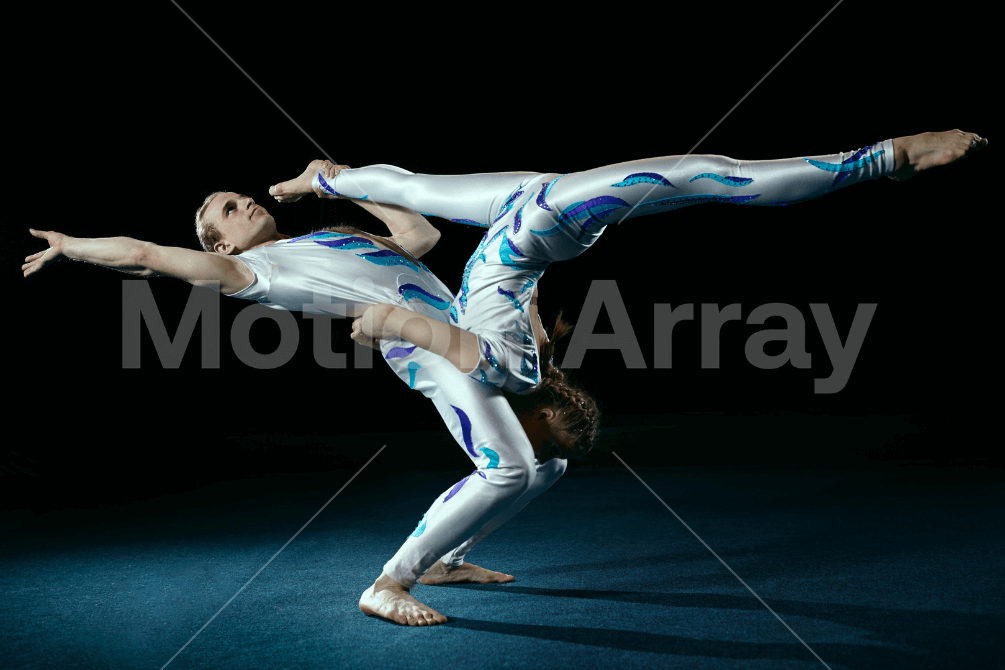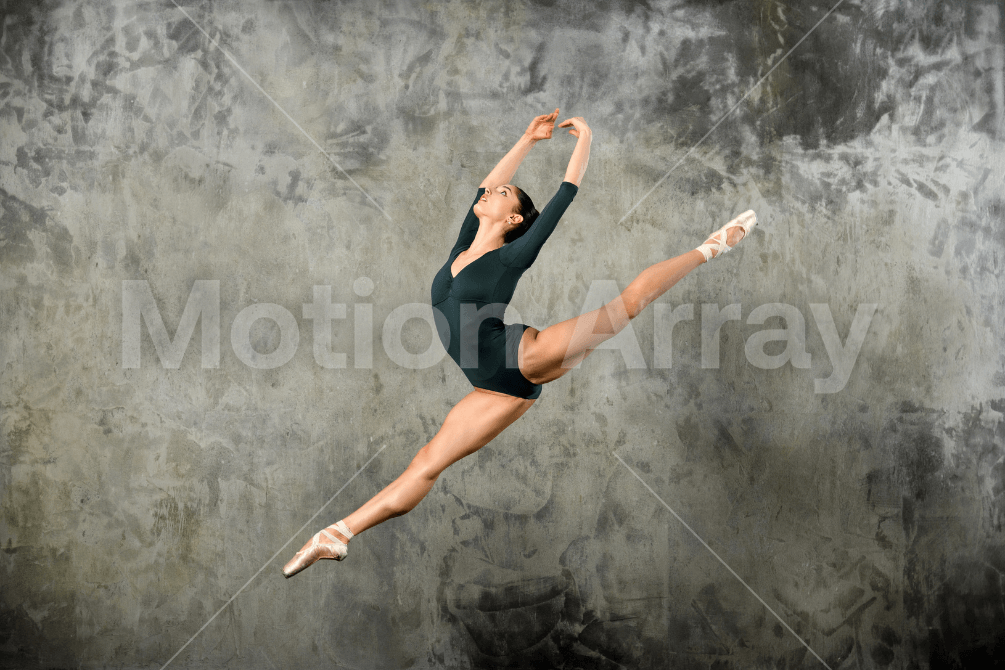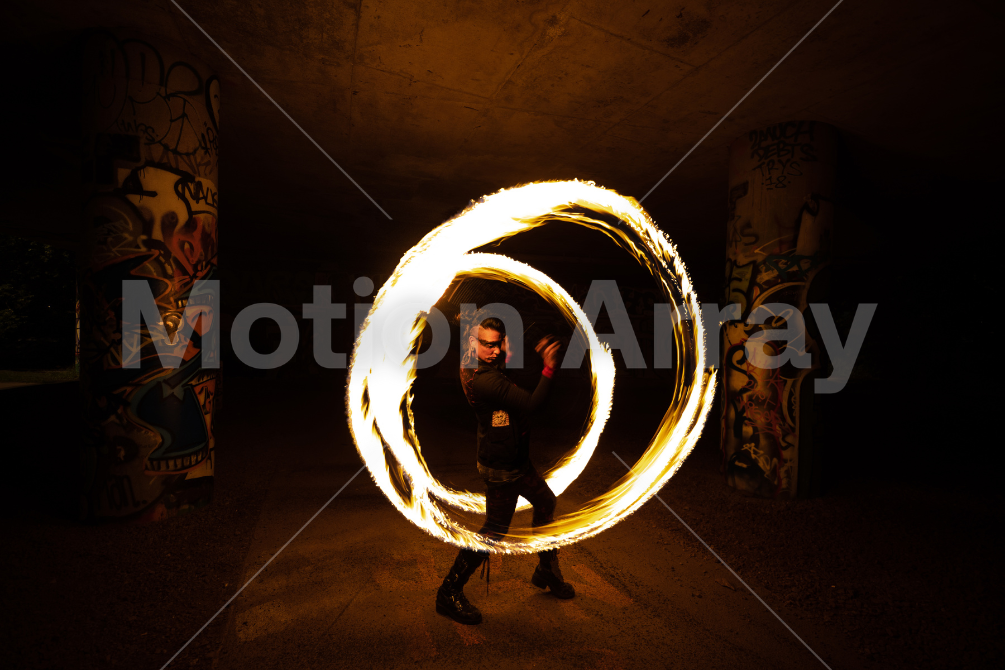Maybe one of your children has just started ballet classes. Perhaps you’ve been inspired by Strictly Come Dancing or Dancing With the Stars. No matter how it happened, you want to give dance photography a go. We’ve put together the advice you need to get started and grow your abilities.
When it comes to capturing dance, 2 particular elements come before all others. First, your job as a photographer is to highlight the dancers’ grace, skill and strength. This should always be the focal point of your photos. Second, dance photography relies heavily on anticipation and being ready for the shot. This isn’t very different from plenty of other types of photography, for example, sports and family, and it’s a skill you can hone in various situations.
When you have put both of these principles into permanent practice, there are some other pointers to help you make the most of a dance performance so that you can grab every leap, pirouette and shimmy to perfection.
Summary
Top 10 Dance Photography Tips
After establishing your clear focal point and learning to always be on the alert for a shot, these 10 tips will help elevate your dance photography to a virtuoso performance.
1. Use a Wide Aperture

There are 2 good reasons for using a wide aperture when capturing dancers in action. First, it will allow you to use a fast shutter speed and ensure you can photograph a crisp, blur-free image of a dancer in motion. When you’re working in a darkened theater, this will be very important. Second, a shallower depth of field will keep the focus on the photo’s subject and not drift off to other dancers on the stage or in the background.
2. Long Exposure
The flip side of a dancer frozen in motion is a long exposure shot that deliberately emphasizes movement and grace, following a dancer’s movement through the shot. These look very effective when you get them right, but you might not want too many in each performance!
3. Try Spot Metering
Rather than using a matrix or evaluative metering for a performance, switch to sport metering, taking a light meter from a tiny portion of the frame. If you train it to your well-lit dancer, it will assist you in getting a well-exposed dancer rather than a slightly over-exposed scene. This also works well if you’re trying to capture something slightly different, for example, a dancer in silhouette.
4. Look for the Details
While a significant feature of dance photography is to look for the balancing elements in every shot – the poise of a leap, strong against soft, the arc of a back – be also sure to look for the small details in every performance. The way a ballet shoe’s ribbons are perfectly tied. The sparkles in the headdress of a ballroom dancer. The shaping of the fingers during a paso doble. The ruffle of feathers and the shaking of beads. These small details contribute to a wonderful bigger picture, so don’t let them pass you by.
5. Think About the Complete Performance
Speaking of bigger pictures, remember to think about the complete performance when you put together dance photography ideas. As well as focusing on the prima ballerina or the headlining couple, be sure to build a record of the entire story. The supporting cast, the chorus and the whole stage are all worthy of your time and attention.
6. Go to Studios and Rehearsals (and speak to cast and crew)

When it comes to dance photography, there are many good reasons to go to studios and rehearsals, as well as focus on the actual performances. For a start, it will help you to familiarize yourself with the performance so that you know what to look out for and where to position yourself. This won’t just help capture perfect moments but also give you good ideas for your composition. And while you will only get one chance to grab a photo during a performance, you will likely have multiple opportunities to get a shot in a studio or during rehearsals.
It will allow you to talk to the cast and crew to establish if any particular moments will be worth your time and attention. If you have the opportunity, speak to the lighting technicians, who can give you an idea of how the lighting is set up. This will help with your exposure and white balance.
You could even be able to pick up a bit of headshot photography work, as both cast and crew might need these for the program or be looking for them for their agents, too!
7. Remember Backstage

It’s not just about what happens on stage, but backstage if you can get there. Going backstage allows you to capture dancers waiting in the wings or doing their makeup. These are intimate shots that aren’t about the actual performance but everything that builds into it. And they can be just as powerful.
8. Be Aware of Yourself, and No Flash
Please refrain from using your flash when you take photos of a performance, from dance to a poetry recital. It’s highly distracting for the performers. You want to avoid being responsible for someone missing a cue, going off-key, or mistiming a move. Similarly, always be aware of where you are in relation to the performers and, indeed, the audience. On the one hand, if you obscure people’s views, you will not be very popular. Conversely, interfering with the performance by getting too close or otherwise obstructing it will make you unwelcome again. Stay alert and be respectful at all times.
9. Change Up the Background

While changing a backdrop during a performance wouldn’t be possible, there’s no reason why you can’t explore different photography backdrops for ballet or any other type of dance outside of performances. Whether working with a single dancer or a troupe, think about different backdrop ideas if they want promotional shots or if you’re trying to expand your dance photography repertoire.
For example, nature makes a perfect ballet photography backdrop, but you can also look for something that offers more of a stark contrast, such as a graffitied wall. That wall could work brilliantly for street dancers, jazz, or contemporary performers. Be a little daring. Look for contrasts as well as complements. Experiment!
10. Don’t Forget About Street Performers and Amateur Dance Groups

Dancers don’t just appear on stage. There are plenty of other opportunities to explore your dance photography desires than just in theaters. Keep your eyes open for street performances, club demonstrations, tea dances, carnivals and fairs. As well as being opportunities for you to practice your dance photography, some of these dancers could be very grateful for some lovingly crafted images of them enjoying their pastime.
Like so many other types of photography, getting good at dance photography is about practice, practice, practice. The good news is that you have plenty of opportunities to do so. Make friends with different dance groups, both professional and amateur. Offer up your skills in different scenarios, and enjoy the entire experience.



































